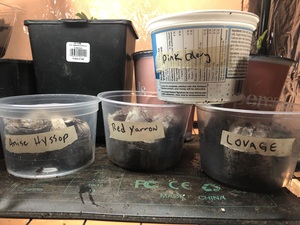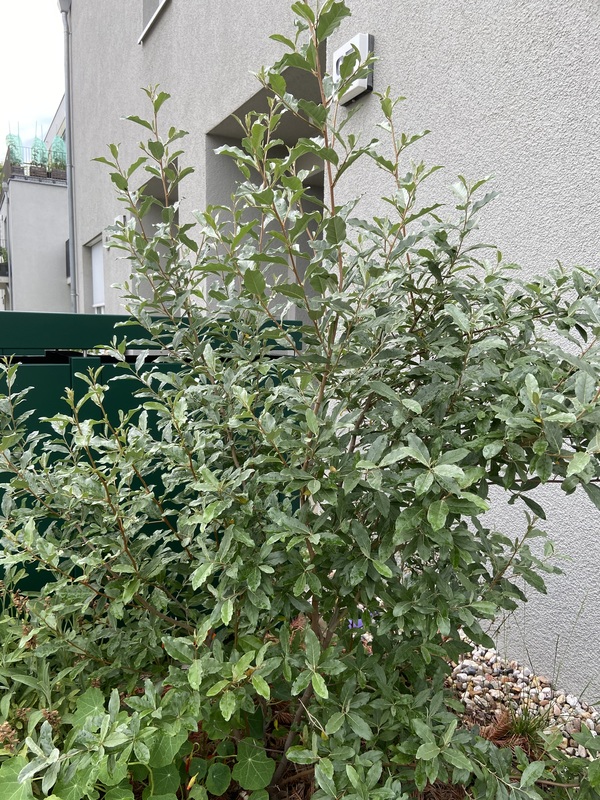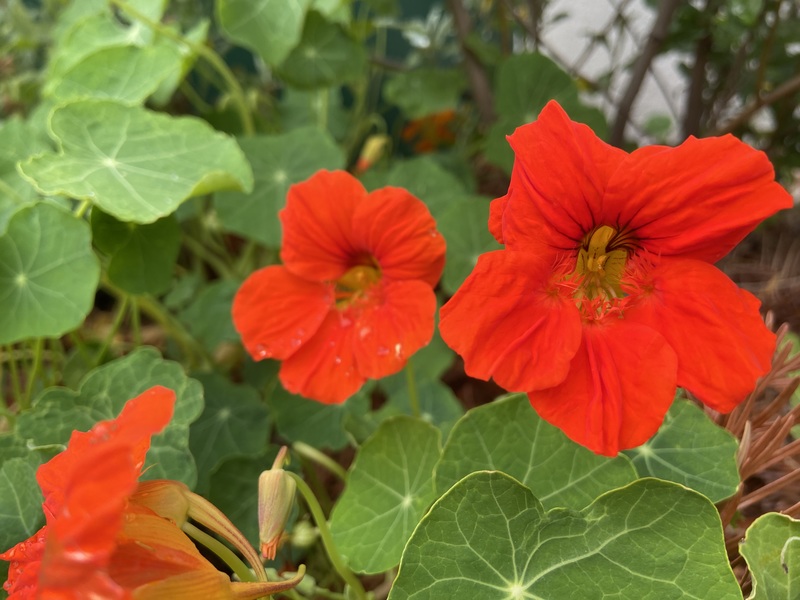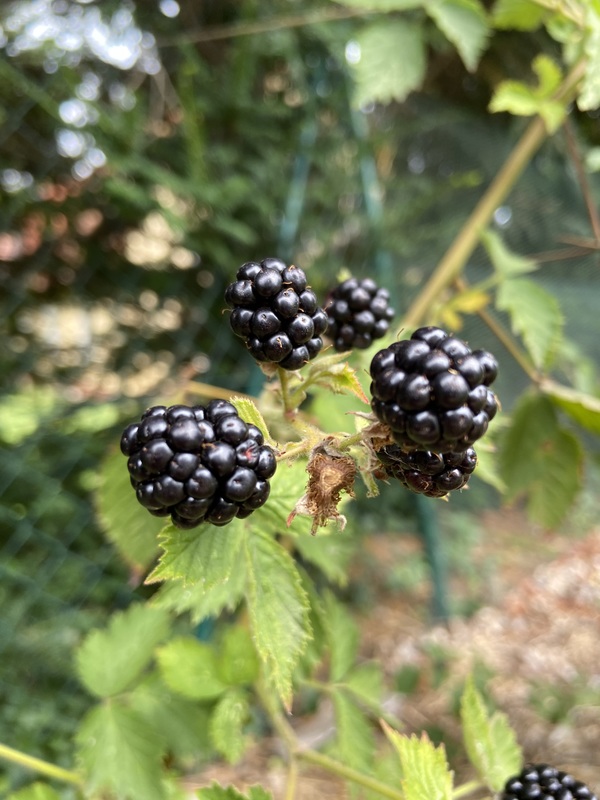Description
Harvest the leaves earliest after around 90 days and the roots after one year.
Lovage (Levisticum officinale) is a perennial herb that is native to the eastern Mediterranean region and parts of central and southern Europe. It can grow to be quite large, with a thick, hollow stem that can reach up to six feet in height. The leaves of the plant are large and deeply lobed, resembling those of celery, and the plant produces small, yellowish-green flowers that bloom in the summer.
In terms of growing conditions, lovage prefers full sun and moist, well-drained soil. It can be grown from seed, but is best propagated from root cuttings or divisions of established plants. Lovage can be grown in a variety of climates, but does best in temperate regions with cool summers.
Lovage is an edible plant, and both the leaves and stems can be used in cooking. The leaves have a strong, celery-like flavor and can be used in salads or as a herb in a variety of dishes. The stems can be cooked and eaten like celery, and the plant’s seeds can be used as a spice. After harvesting, the leaves and stems can be stored in the refrigerator for several days, or they can be dried or frozen for longer-term storage.
In addition to its culinary uses, lovage has a number of other uses as well. It has been used medicinally to treat a variety of ailments, including digestive problems and respiratory disorders. It is also said to have fertility-enhancing properties, and is sometimes used as a natural insect repellent. In the garden, lovage can be used as a natural mulch and as a windbreak, and it is sometimes planted as a ground cover or for erosion control.
Lovage is also attractive to a variety of wildlife, including bees and butterflies, which are attracted to its flowers. In addition, the seeds of the plant are a favorite food of some species of birds. Overall, lovage is a versatile and valuable plant that can be a useful addition to any garden or farm.








